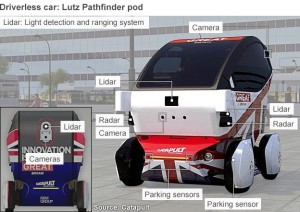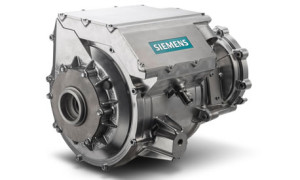Thanks in large part to scientific breakthroughs in sensors, cars have been getting smarter – and soon they’ll be able to tell if you’re distracted behind the wheel.
General Motors and Australian company Seeing Machines have landed a 15 year deal to create sensors that will detect when drivers are distracted.
Read the full article here.
This from the company news release:
The Seeing Machines’ Operator Monitoring System is based on patented eye-tracking technology that uses sensing equipment that requires no re-calibration between different drivers and tracks head alignment for potential distraction of the driver.
The sensors are another addition to the technology that could assist in the creation of the fully driverless car. With the United Services Auto Association noting that auto-breaks, collision assurance, and adaptive cruise control potentially coming to a car dealership near you, it is apparent that our cars are getting smarter.
Though we may be several decades away from these fully driverless cars, the sensor technology in automobiles is assisting in driver safety through anti-distraction technology.
“Eye and head tracking technology is the next step in automotive safety, which we expect to play a significant role in the reduction of one of the greatest causes of accidents: driver distraction,” said Ken Kroeger, CEO of Seeing Machines. “We strongly believe that the addition of driver monitoring to ADAS will deliver a significant improvement to the safety of drivers, passengers and pedestrians.”
Learn more sensor science and technology and their global impact via ECS’s Digital Library.




